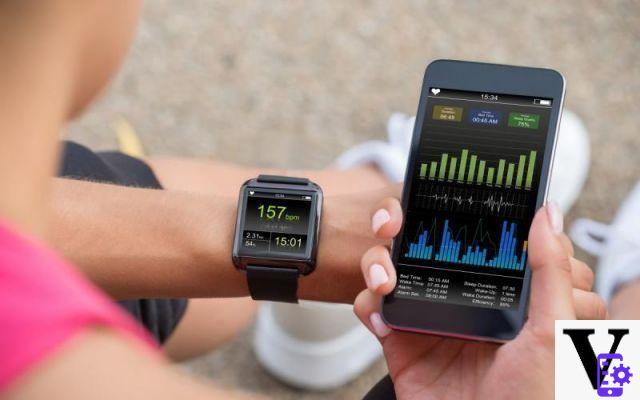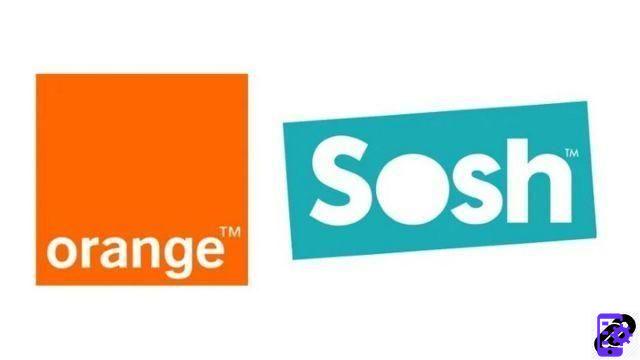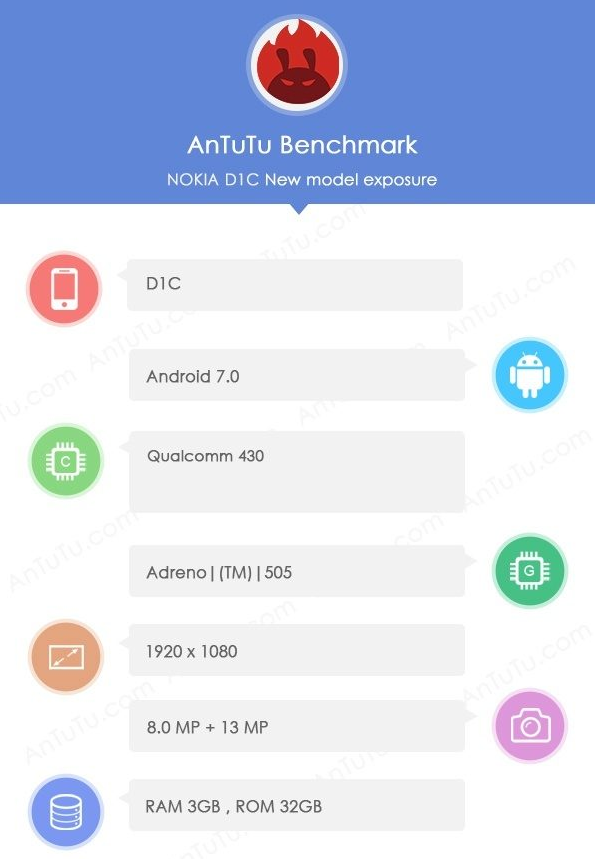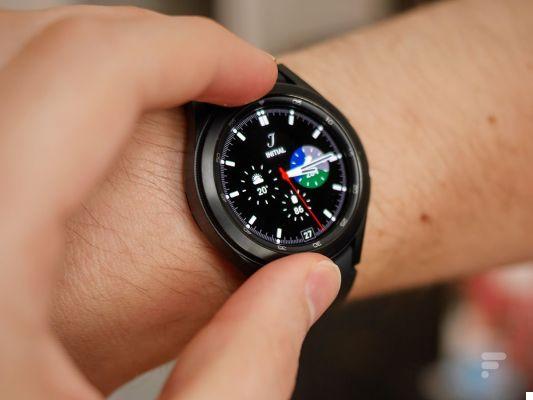In recent years, technology has also made great strides in sport.
There is no sporting discipline that does not make use of increasingly sophisticated tools, both for improvement and for measuring performance.
Ma not only the universe of professional sportsmen is pervaded with technology. More and more companies are putting on the market objects designed for amateurs, who often use them without even fully knowing their functioning and potential.
How has technology changed the world of sport? And are we sure it has only brought benefits?
Technology applied to sport: the acceleration of recent years
Hand in hand with all other areas of existence, even in sport, technology has developed considerably in the last few years. And it touched both the sphere of performance and that of the sport itself, intervening on the correct application of the rules.
Therefore, there are several areas in which technology has overwhelmingly entered the world of sport. In some cases by greatly improving things, in others by introducing novelties as epochal as they are susceptible to some perplexity.
The materials
An area in which it is immediately evident how much sport has evolved compared to even a few decades ago is that of materials. From tennis rackets to golf clubs, from car and motorbike bodies to the fabrics of the outfits of athletes in almost all sports, the introduction of innovative fibers has brought a number of significant benefits. Including the reduction of costs, weight, improved performance and the athlete's sense of well-being.
The emergence and increasingly massive use of carbon fibers, in this sense, is a perfect example.
As for materials, everyone agrees in praising the increasingly surprising achievements of technology. In concrete terms: no tennis player would go back to wooden rackets, just as no runner would run a marathon with a finger-thick cotton T-shirt instead of an ultra-breathable tank top. Etcetera etcetera.
The discourse on technology in sport becomes more controversial if we think of performance monitoring tools, collective or individual. And to the devices that would ensure greater compliance with the rules by the athletes - individuals or teams - involved in a sports competition.

Technology in sport: examples of football and running
Among the various examples of substantial and at least partly questionable innovations regarding the technology-sport liaison, the idea of taking two examples taken from two hugely popular sports. The first comes from professional football (which goes without saying how faithfully followed in Italy). And the other from amateur running, a discipline that sees the base of participants increase every year - not only in our country.
Technology and sport: the VAR
VAR stands for Video-Assistant Referee. The VAR, together with the AVAR (Assistant Video-Assistant Referee), collaborates with the referee thanks to the VAR system. That is: through a series of videos, the VAR and the AVAR assist the referee in the most difficult situations. That there are only four - we do not list them for reasons of space - and who still see the referee as the only final decision maker.
The VAR was introduced in 2016, to minimize the errors of interpretation of the referees. Small and huge sentence together. Because?
The limits of the VAR
For two reasons, we would like to say. In the meantime, why each sporting discipline bases its fascination on the abilities and limits of the participants. As well as on the capabilities and limits of the so-called referees. Using technology to reduce the chances of referees' errors, an action that should lead to objective decisions in any dubious situation, would risk eliminating part of its beauty from football. Which derives precisely from the randomness. From the fact that, for example, a team that has defended itself with its teeth for ninety-five minutes can hit a counterattack, score a goal and win the game against all odds.
However, if thanks to the VAR every decision is really the right one, the most romantics should accept the verdict of impartiality. But - as anyone who follows football knows - even movies need a human interpretation, and there was no decision taken by the referee-VAR couple that did not arouse controversy on the part of the members of the team that suffered the sanction.
And if it is true, as it is true, that interpreting a film is easier than deciding on a live action, on the other hand it must be taken into account that the minutes of interruption in the game compromise the romantic flow of the event, mercilessly show the scenes of the show.

Technology and sport: watches for runners
As we have written elsewhere, technology has penetrated strongly into the world of amateur running, in the form of apps, GPS watches and sport watches. To the list, we can add shoes and technical clothing products with increasingly innovative (and expensive) materials, presented with advertising campaigns that promise increasingly amazing performance increases.
Everything is held. Because? Because for some years now running has become a mass sport, let's say a fashion. And companies are increasingly attentive to capturing the needs of new runners. Wearing the same shoes as the champions, and wearing multifunctional watches of which if all goes well we know 20% of the options, makes us feel legitimated in our role as sportsmen. It makes us feel strong.
And it makes us forget that running, like any other sport, for non-professionals must first of all be fun and a tool to keep fit.
Do you want to play amateur sports with particular dedication and commitment? Well: that the quality and intensity of the workouts increase first and foremost. The technological instrumentation will come later.
Discount High-tech sportsmen. The science that helps ...
High-tech sportsmen. The science that helps ...
- Lanotte, Nunzio (Author)
To conclude
You don't want to appear overly critical. VAR and any other invention that allows participants in a sports competition to respect the rules and decisions of the referee are welcome. Technological gadgets that allow you to monitor your performance in order to improve performance are welcome.
As long as you remember one thing. Technology should be at the service of sport not to make it strive for impossible perfection, but to enhance its poetic imperfection to the maximum..




















![[Review] Samsung Powerbot VR7000: the robot vacuum cleaner from Star Wars](/images/posts/6bc44de38605b5c0fa12661febb1f8af-0.jpg)





